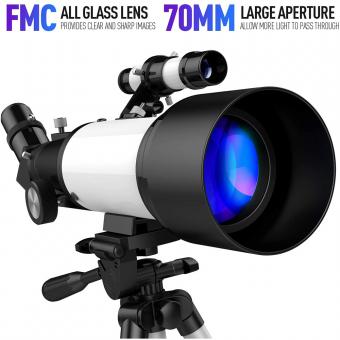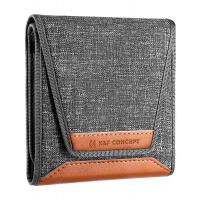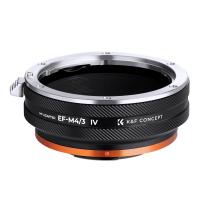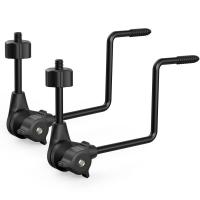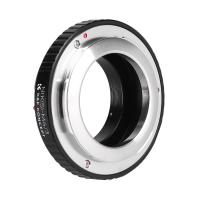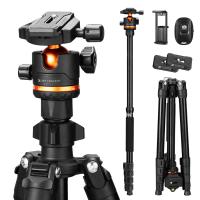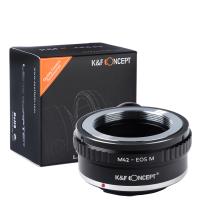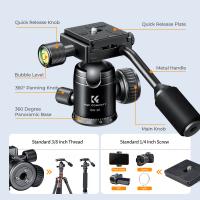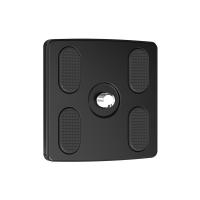What Does Lice Look Like Under A Microscope ?
Under a microscope, lice appear as small, wingless insects with flattened bodies. They have six legs and are typically tan or grayish-white in color. The head of a louse is elongated and narrow, with two large compound eyes and a pair of antennae. The mouthparts of a louse are adapted for piercing the skin and sucking blood. The body of a louse is covered in tiny hairs, which help it cling to hair shafts and clothing fibers. Lice eggs, or nits, are oval-shaped and about the size of a pinhead. They are typically attached to hair shafts close to the scalp and are yellowish-white in color. Under a microscope, nits appear as small, elongated structures with a cap-like structure at one end.
1、 Eggs

Lice are tiny, wingless insects that live on the scalp, hair, and clothing of humans. They are about the size of a sesame seed and are visible to the naked eye. However, to get a closer look at lice, scientists use microscopes to examine their physical characteristics.
Under a microscope, lice eggs, also known as nits, appear as small, oval-shaped structures that are attached to the hair shaft. They are about the size of a pinhead and are usually yellow or white in color. Nits are often mistaken for dandruff or hair product buildup, but they are firmly attached to the hair and cannot be easily brushed away.
In addition to their size and shape, lice have other distinguishing features that can be seen under a microscope. They have six legs with sharp claws that allow them to cling to hair and clothing. Their bodies are flattened and elongated, which helps them move easily through hair. Lice also have a pair of antennae that they use to sense their environment and locate their next meal.
Recent studies have also shown that lice have evolved to become resistant to many common insecticides, making them more difficult to eradicate. This has led to the development of new treatments and prevention strategies, such as using essential oils and other natural remedies to repel lice.
In conclusion, lice eggs, or nits, appear as small, oval-shaped structures that are attached to the hair shaft when viewed under a microscope. Lice have six legs with sharp claws, flattened and elongated bodies, and a pair of antennae. As lice continue to evolve and become more resistant to traditional treatments, researchers are exploring new ways to prevent and treat infestations.
2、 Nymphs

Lice are tiny, wingless insects that live on the scalp, hair, and clothing of humans. They are parasitic and feed on human blood. Lice are easily spread through close contact with an infected person or by sharing personal items such as combs, brushes, hats, and clothing.
Under a microscope, lice appear as small, flat, wingless insects with six legs. They have a reddish-brown color and are about the size of a sesame seed. Lice have a specialized mouthpart that allows them to pierce the skin and suck blood. They also have claws that allow them to cling to hair and clothing.
Nymphs are the immature form of lice and look similar to adult lice but are smaller in size. They go through three stages of development before becoming adults. Nymphs are often found close to the scalp and are responsible for most of the itching and irritation associated with lice infestations.
Recent studies have shown that lice have evolved to become resistant to many of the traditional treatments used to eliminate them. This has led to the development of new treatments and prevention strategies, including the use of silicone-based products that suffocate the lice and their eggs.
In conclusion, lice are small, wingless insects that are easily spread through close contact and sharing personal items. Under a microscope, they appear as small, flat, reddish-brown insects with six legs. Nymphs are the immature form of lice and are responsible for most of the itching and irritation associated with lice infestations. The development of resistance to traditional treatments has led to the need for new prevention and treatment strategies.
3、 Adults

What does lice look like under a microscope? When examining adult lice under a microscope, they appear as small, wingless insects with six legs and a flattened, elongated body. They range in size from 2-4mm in length and are typically tan or grayish-white in color. Their bodies are covered in tiny hairs and they have sharp claws at the end of each leg, which they use to cling to hair shafts.
Recent studies have shown that lice have evolved to become highly specialized parasites, with adaptations that allow them to survive and thrive on human hosts. For example, their mouthparts are uniquely adapted for piercing the skin and sucking blood, and they have a highly efficient digestive system that allows them to extract as much nutrition as possible from their host's blood.
Despite their small size, lice can cause significant discomfort and irritation for their hosts, and can even transmit diseases in some cases. Treatment typically involves the use of specialized shampoos and other topical treatments, as well as thorough cleaning of bedding and other items that may have come into contact with the lice. In some cases, prescription medications may be necessary to fully eliminate the infestation.
4、 Antennae

What does lice look like under a microscope? Lice are tiny, wingless insects that live on the scalp, hair, and clothing of humans. They are about the size of a sesame seed and can be seen with the naked eye, but their details are best observed under a microscope. When viewed under a microscope, lice appear as small, flattened insects with six legs and a segmented body. They have two antennae that are longer than their body and are used to sense their environment.
Recent studies have shown that lice have evolved to become highly specialized parasites that are adapted to their host's environment. They have developed unique adaptations that allow them to cling to hair shafts and feed on human blood. Lice have also developed resistance to many of the chemicals used to treat infestations, making them a persistent problem for many people.
In addition to their physical characteristics, lice can also be identified by their eggs, or nits, which are small, oval-shaped structures that are attached to the hair shaft. Nits are often mistaken for dandruff or hair product buildup, but they are actually the eggs of the lice. They are usually found close to the scalp and are difficult to remove without specialized tools.
Overall, lice are fascinating creatures that have adapted to live on humans and have developed unique characteristics that allow them to survive and thrive in their environment. While they can be a nuisance, they are also an important area of study for scientists who are interested in understanding the evolution and adaptation of parasites.



